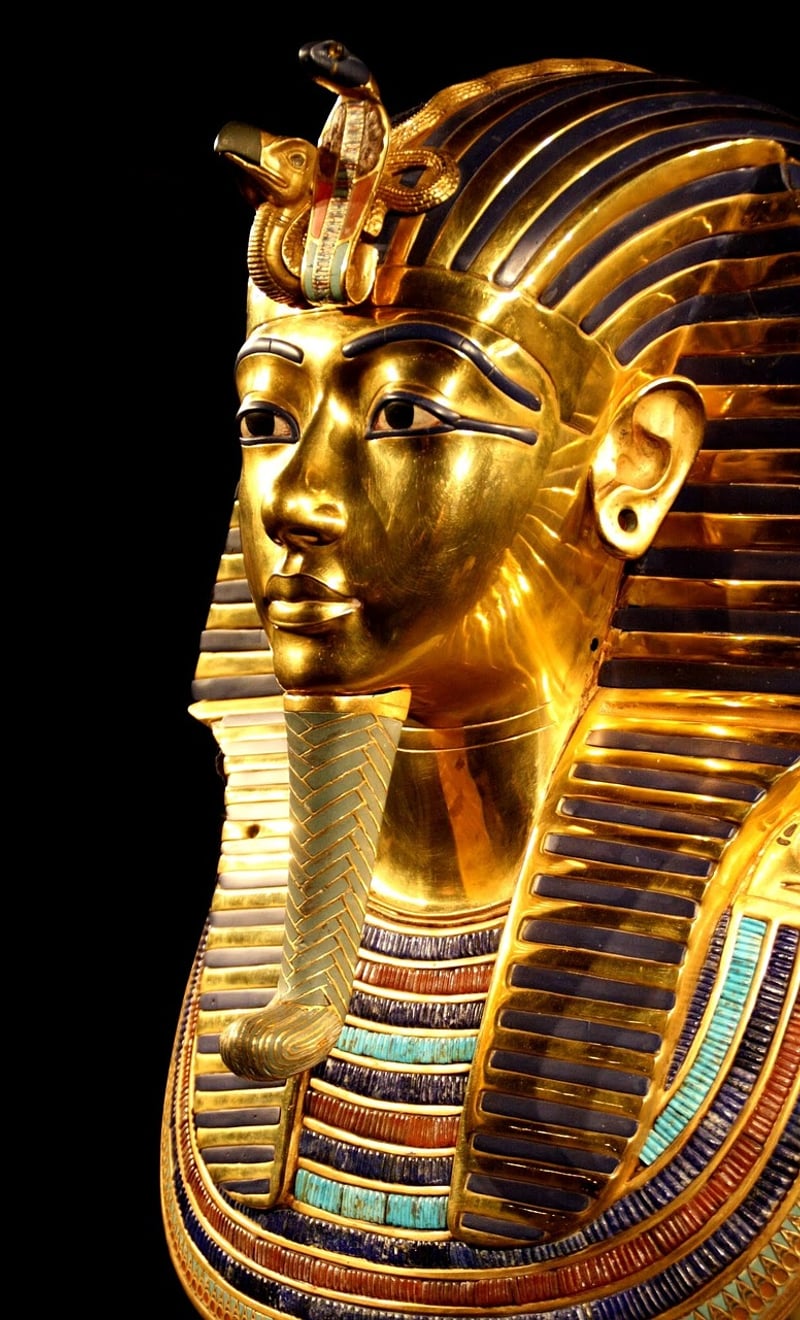Temporal Artifacts
Preserving Moments in Time: Exploring Temporal Artifacts
As humans, we have an innate desire to capture fleeting moments and preserve memories. From ancient cave paintings to modern photography, art has always played a crucial role in documenting the passage of time. In this article, we delve into the concept of temporal artifacts and how they help us immortalize moments in history.
What are Temporal Artifacts?
Temporal artifacts are objects or creations that serve as a tangible representation of a specific moment in time. These artifacts can range from physical items like photographs, letters, and clothing to intangible forms such as music, literature, and digital media. Each artifact holds a unique story and provides a glimpse into the past, allowing us to connect with different eras and cultures.
The Significance of Preserving Temporal Artifacts
Preserving temporal artifacts is vital for several reasons. These artifacts serve as historical records, offering insights into the customs, beliefs, and daily lives of people from bygone times. They also help us learn from the past, enabling us to appreciate our heritage and understand how far we have come as a society. Additionally, temporal artifacts have sentimental value, allowing individuals to cherish personal memories and pass down stories to future generations.
Examples of Temporal Artifacts
- Photographs: Images frozen in time, capturing special moments and emotions.
- Antique Maps: Documents that showcase how people perceived the world in different historical periods.
- Vintage Clothing: Garments that reflect the fashion trends and societal norms of a particular era.
- Handwritten Letters: Personal correspondence that provides a glimpse into relationships and communication styles of the past.
Preservation Techniques
Preserving temporal artifacts requires careful handling and conservation techniques. Proper storage conditions, such as controlled temperature and humidity levels, can prevent deterioration. Digitization is also a popular method to safeguard artifacts, allowing easy access while minimizing physical damage. Museums, archives, and libraries play a crucial role in preserving and showcasing these valuable pieces of history.
Conclusion
By preserving temporal artifacts, we not only honor the past but also create a bridge to the future. These tangible links to history enable us to appreciate the richness of human experience and inspire us to continue documenting the moments that shape our lives.
Let's cherish and protect these temporal artifacts as they carry the stories of our collective journey through time.

